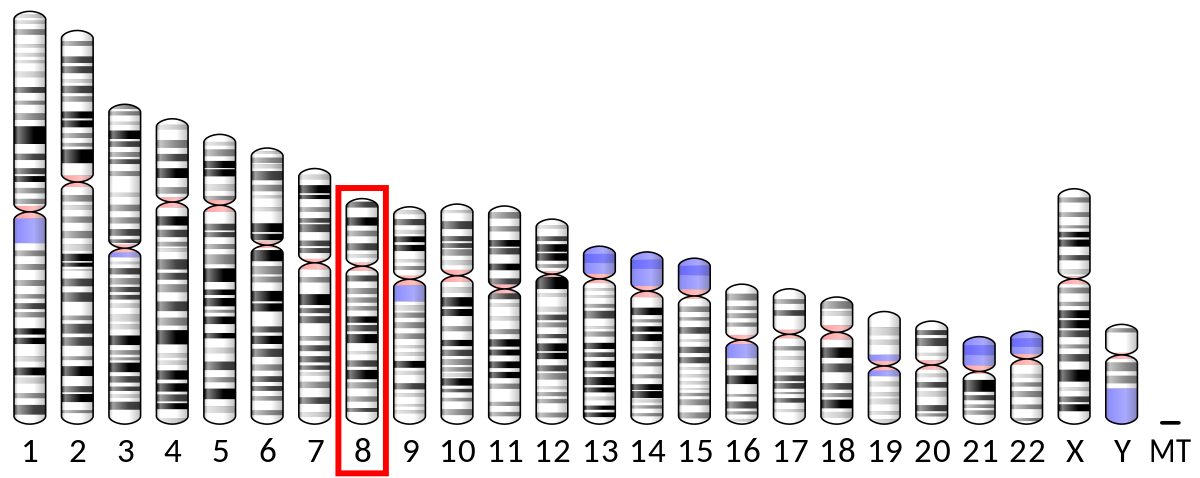Comunque queste cose sull'eparina e il SFRP1 vengono dalla pagina di Wikipedia su questa proteina, pagina che mi pare fatta piuttosto bene (l'affidabilità di Wikipedia dipende da chi scrive la pagina quindi è notoriamente molto variabile):

en.wikipedia.org
Il passaggio cruciale (perché fa lo slalom tra alcuni studi) è questo:
As a drug target
Heparin and heparan sulfate (HS) are mammalian
glycosaminoglycans with the highest negative charge density of known biological macromolecules. They bind by ionic interactions with a variety of proteins. Heparin is widely used as an injectable
anticoagulant. SFRP1 are heparin-binding proteins, with the heparin-binding domain within the C-terminal region of the SFRP1 protein. In vitro studies show that SFRP1 is stabilizezd by heparin, suggesting that heparin or endogenous heparan-sulfate proteoglycan (HSPG) has the potential to promote SFRP1/Wnt binding by serving as a scaffold to facilitate interaction between SFRP1 and Wnt proteins.
[31][32] Lowering HSPG levels in tissue have been shown to impair Wnt signaling in vivo, supporting the idea that HSPG plays an important role in Wnt signaling regulation. Furthermore, SFRP1 is
tyrosine-sulfated at two N-terminal tyrosines; this modification is, however, inhibited by heparin. Tyrosine sulfation could partially destabilize the SFRP1 protein, which is supported by previous studies showing that SFRP1 is susceptible to degradation in the absence of heparin.
[31] The finding that heparin can inhibit intracellular post-translational modification of SFRP1 was surprising. This indicates that heparin may inhibit the process of tyrosine sulfation, for example, by tyrosyl-protein sulfotransferases enzymes or sulfate donor pathways. Since heparin is highly negatively charged and cannot permeate the membrane, it must activate a signal transduction pathway to carry out its effect. It is well known that fibroblast growth factors (FGFs) bind heparin with relatively high affinity. HSPGs have also been shown to be involved in FGF cell signaling.
[33][34] Zhong et al. revealed a specificity of FGFs and FGF receptors on SFRP1 accumulation, demonstrating that FGF and their receptors are involved in post-translational modification of SFRP1.
[31] As stated above, SFRP1 has been shown to attenuate the malignant phenotype and decrease the growth of tumors. Thus, Heparin is a potential drug that could be used to stabilize and accumulate SFRP1 in cancer cells.
[31]
Anche lo zolfo, che ora sta andando molto con le lozioni anti-grey, a quanto ho capito, potrebbe fare da inibitore. Tieni conto che il percorso WNT attiva anche la melanogenesi.
Ciao
MA - r l i n





